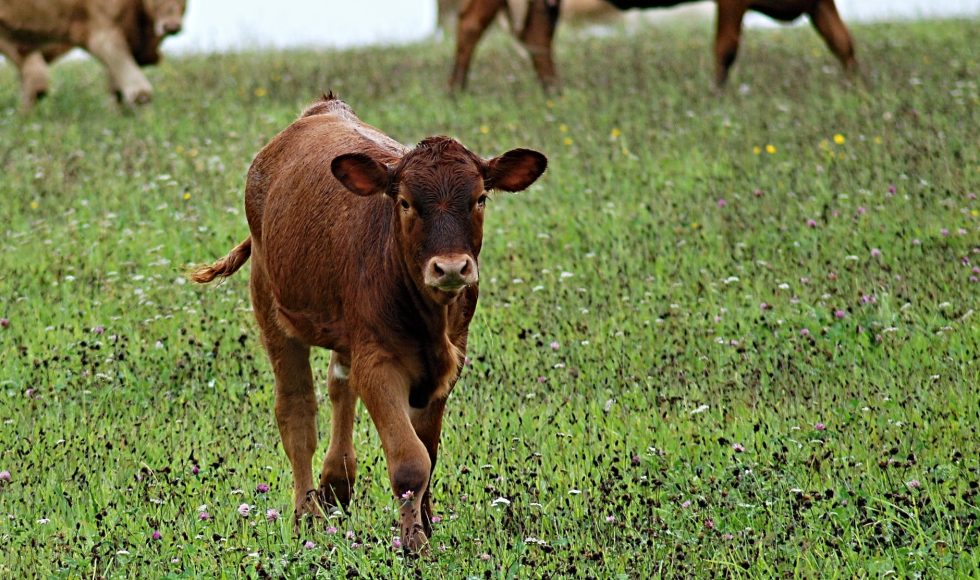Oscar Gonzalez-Recio from the National Institute for Agricultural and Food Research and Technology at the Spanish National Research Council in Spain presented at London Calling 2023 on “(Epi)genotyping by low-pass sequencing using nanopore technologies.” Gonzalez-Recio noted that this worm has been accepted for publication. They started with a history of modern genomic breeding and how it was labor-intensive. In the middle of the 1900s, complex mathematical models were used to decide which animals to breed. Now, with genomic selection, SNP genotypes (arrays) and polygenic risk scores are used for breeding decisions. Gonzalez-Recio explained that current challenges include the cost of whole genome sequencing, the limited number of positions from SNP, and the increasing importance of epigenetics. Gonzalez-Recio and team developed the EpiGLowS method for epi-genotyping with low pass sequencing. This is a whole genome sequencing approach with a low coverage that is “economically accessible for a large population.” They sequence the genome at low depth (<2x-5x), extract SNP, impute missing SNPs, estimate polygenic risk score for each animal, and then rank the animals according to these scores for breeding decisions. They used the ligation sequencing kit LSK 114 and the R10 flow cells. The team extracted blood from six cows and obtained between 5 and 17 Gb for each run. Interestingly, about 30% of the reads were duplex. Their bioinformatic pipeline used a series of tools and the 1000 bull genomes reference population. Low pass sequencing allowed estimating genetic merit even at 0.5x. They also performed methylation analysis and compared the pattern to bisulfite methylation analysis, obtaining the same pattern. Gonzalez-Recio concluded that the approach is promising and can be used to assess genotype and breeding potential as well as epigenomics. They also requested higher throughput of flow cells to do more with this approach.



